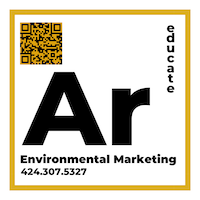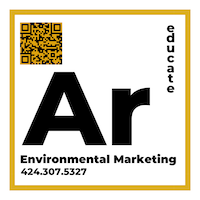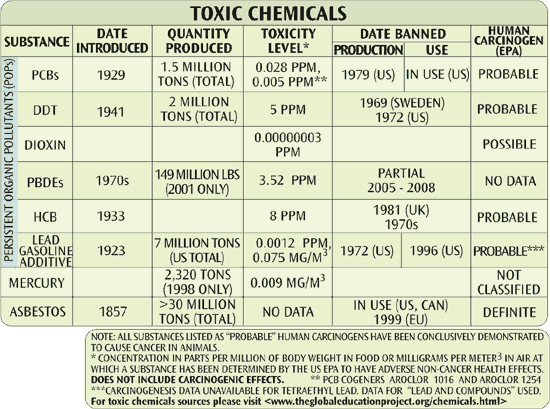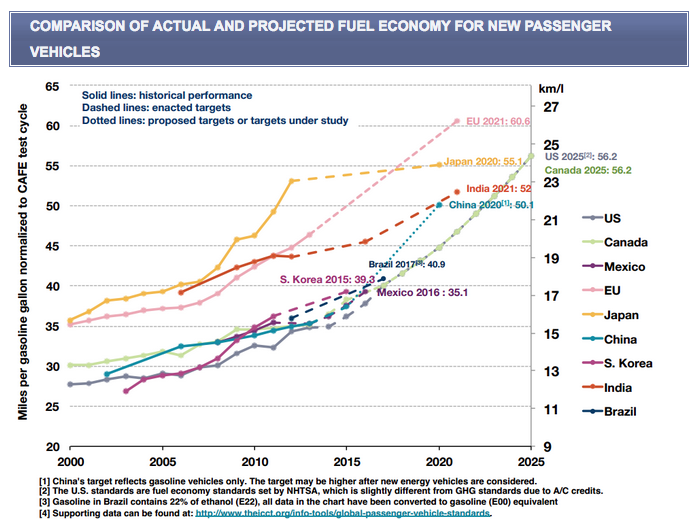These 3 survey results tell us consumers genuinely care about sustainability
In 2018, we started an ongoing study to look at the sustainable purchasing habits and beliefs of average consumers. We wanted to understand if people care about their purchases in an environmental and health context, and if so, what percentage. The survey addresses the ways in which people prefer to be educated on environmental issues by the products that claim to solve them.
The survey is online and available for anyone to take. We will be releasing an extended version exploring all 30+ survey questions in the coming year.
First, however, we wanted to give a sneak peek of three questions in our survey that provide some insight into the power that people feel about their sustainable purchases. Here are three survey results that answer the question, Do consumers REALLY care about the environment?
Survey question #1 – How important is it for you to minimize your impact on the environment?

- 10 – Extremely Important (55.2%)
- 9 – Highly Important (17.2%)
- 8 – Very Important (13.8%)
- 7 – Important (6.9%)
- 6 – Slightly Important (6.9%)
- 0-5 – neutral or unimportant (0%)
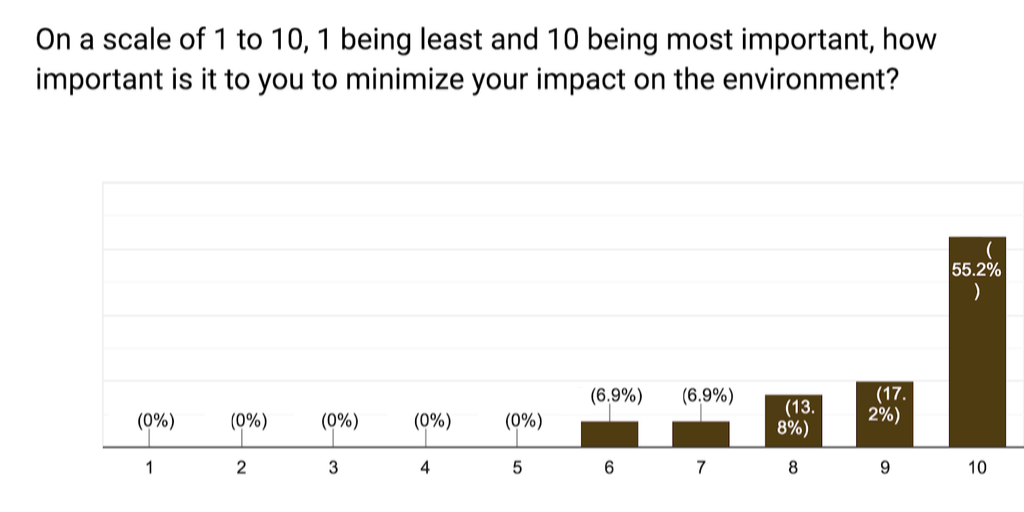
Why do consumers care about their impact on the environment?
The results show that people ultimately value products and services that are safe for the environment. More than half of survey respondents shared that they care about minimizing their impact on air, land, water, food, and the overall planet.
While people care significantly about their impact on the planet, they are often unsure what to believe when a brand vaguely says they are “environmentally-friendly.” These very same people want truth and facts that are measurable, not greenwashed, because they actually care about the impact being made, not just about feeling good. The sentiment of “actually caring” means people want to see proof and participate with environmentally-focused brands who are influencing environmental policy, and not just promoting the same old greenwashed products with unsubstantiated sustainability claims. The quality of education, the amount of information, and transparency also impacts the level of involvement people will or won’t have in a brand’s mission. For businesses to actually reach and connect with this consumer group who values their environmental impact, education and transparency are required.
PATHWATER: the power of education equals motivated consumers
As a mini case study, let’s look at PATHWATER. PATHWATER created the first bottled water designed for reusability that is as affordable as plastic bottled water and made from aluminum, a highly recyclable material. PATHWATER’s mission is to disrupt the Bottled Water Industry by replacing all plastic packaging with aluminum, reusable bottled water. The company has positioned itself to continue along on the sustainability spectrum by committing to locally sourced water in every location PATHWATER expands to. Another part of their mission is to ensure clean drinking water for everyone, as they believe water is a human right.
To spread their mission, PATHWATER educates on all of the environmental issues their product addresses like plastic pollution, single-use packaging, and access to safe, clean drinking water. The PATHWATER Student Ambassador (PSA) Program was created with this mission in mind, to help students address plastic waste and clean water access issues. By providing information and transparency, students have a great desire to get involved to help push the PATHWATER mission on their campuses. Why? Because many students have the same agenda as PATHWATER – to ban single-use plastic. Students are provided with helpful instructions and support to ban single-use plastic bottled water on campus, and with these collaborative efforts, the planet, people, and PATHWATER’s business model are all succeeding. This type of environmental education creates a level of involvement most companies can only dream of, and that money can never buy. Education on a deep and genuine level, can’t happen with greenwashed companies, it’s a key indicator of an environmental company’s intentions. People, and in this case, students, find it easy to get involved in PATHWATER’s mission and voluntarily participate in taking action.

Survey question #2 – How important is it for you to minimize your exposure to chemicals deemed toxic or suspected toxic?
- 10 – Extremely Important (67.7.2%)
- 9 – Highly Important (16.7%)
- 8 – Very Important (10%)
- 7 – Important (3.3%)
- 6 – Slightly Important (3.3%)
- 0-5 – neutral or unimportant (0%)

These survey results show that people believe it’s essential to minimize their exposure to harmful chemicals
Minimizing exposure to toxic chemicals is directly linked to a concern for environmental pollution because of how pesticides, air pollution, and water pollution directly affect the quality of our health. When people care about environmental health issues, it’s essential to educate them on these topics and help them solve problems around chemical exposure as well as other environmental issues that align with your green brand’s mission and unique set of solutions.
For instance, people are concerned about health issues related to plastic and plastic waste. Plastic concerns are incredibly daunting right now, and people are keeping a close watch on matters related to plastic with genuine worry. Unfortunately, regurgitated information is being spread on every media channel and social platform; leaving people with half information and half-truths that are more damaging in the long run. Meanwhile, in-depth studies are being conducted, updated, expanded on, and some journalists are missing the basic environmental science around these studies. They seem to be cherry-picking the statistics that seem to be the most newsworthy or shocking and missing vital details that would actually inform people and give them new information. This aiming low and delivering the same news as competing media sources is diminishing the efficacy of education and missing the green solutions available to solve these environmental problems. A resurgence in intellectualism in research and writing is imperative, as this is the only way to provide meaningful, transparent information to consumers. Here’s an example of an article which busts myths around plastic being framed as truly recyclable, a solution, and a part of a circular economy – Plastic Vs. Aluminum: People Are Debating Whether Plastic Can Be Part of a Circular Economy.
Here’s another article Is it Safe to Drink from Aluminum Bottles? This article answers some of the mythical concerns around aluminum, the unfounded health scares, and the origins of widespread aluminum myths. All environmental issues are health issues at the end of the day, and when businesses deliver ecological education to people looking to buy in their market, trust is naturally built, competitors are dealt with in a fact-based manner, and profits become an automatic tertiary outcome.

Survey question #3 – Have you ever changed a purchasing habit based on an environmental or health reason?
Yes – 76.8%
Not sure – 19.2%
No – 3.9%
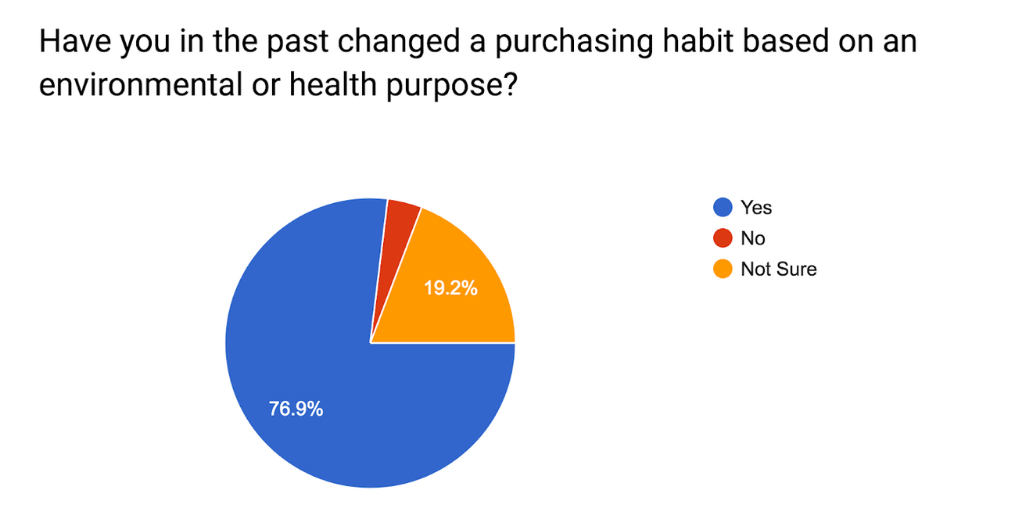
This survey question is significant proof that there’s a wide-open market for green businesses to help consumers who are ready to make better purchases. People care about environmental and health issues; however, they lack the knowledge to make informed decisions. So most people stand on the sidelines waiting for clear education which has created the $1 trillion missed market opportunity.
Our research is proving that people are willing to make a shift to better choices, given the right information. 61% of Millennials are willing to pay more for eco-friendly products, according to GlobalWebindex. This is additional confirmation that a growing group of consumers are open to being highly involved in green solutions; however, this requires proper education. This market is too large to miss. People are here and ready to make better choices once they are provided with the proof they need.
Conveying truth to people who demand genuine environmental solutions
There’s a need for green companies to focus on full-scope environmental efforts which include fulfilling the educational gap and lack of trust consumers are feeling. Consumers are now in the driver’s seat; therefore, brands that wish to succeed in this new market opportunity must adhere to the truth in the ways they choose to address environmental issues and environmental justice. While 30% of consumers actively seek out sustainable brands, there’s another 30% waiting on the sidelines to connect with brands transparently inform on the claims made beyond branding and messaging. It’s time for all great brands executing impactful environmental solutions to take consumers by the hand and elevate the world, together.
Conclusion
At A.R. Marketing House, we are always researching and collecting data to create focused educational content that aims to illuminate humanity on environmental issues and fuel movements. We’ve realized this education-based approach to marketing takes a perfect balance of intellect, critical thinking, creativity, and knowledge of topics like business, environmental marketing, journalism, politics, environmental science, and design. The bottom line is that people want to feel good about the products they’re putting their money behind. But feeling good isn’t enough, not for people, not for the planet. What everyone needs on this sustainable journey is help over the steep learning curve of environmental science.
Our survey proves that people care, now it’s our job to teach consumers how to sniff out feel-good greenwashing vs. real solutions so we can make some headway. We can’t just promise consumers they’re making the best choices, we ourselves have to actively create, promote, and educate on genuine environmental and health solutions that elevate how we operate.
We are an agency far ahead of the curve because we understand that the gap which needs to be bridged is an all around WIN solution. Genuine environmental solutions require mass adoption. Mass adoption requires environmental education. Environmental education must be presented in the context of marketing. Education bridges the gap between our crusade for cleaning up the planet and a massive wealth transfer. Wealth meaning health, money, clean food, clean air, clean water and a good quality of life. Wealth transfer meaning, from the planet polluting companies whom we subsidize with our money only to get in return pollution and hospital bills, TO environmentally-focused companies who help clean up the planet and thus improve our overall health and quality of life in the process. And of course, this wealth transfer requires a solid, steadfast commitment to take our fellow human by the hand and educate. Ferociously, without apology, without hesitation and with the most empathetic action-oriented plan, we all must tackle the mission to educate.
Where does this education start? It starts where people are looking for it online. Environmental education may begin with your website or any place your community finds you. This is where you have the ability to genuinely answer questions, cover all of the myths, educate, and often, reeducate. You’ve created a business that solves an environmental problem in the world, and consumers want ecological and health problems solved. The only thing keeping 80% of them from adopting your solution is education.
Unilever says there is a 1 trillion dollar market share for sustainable brands that educate, but when all factors are calculated, we presume the value for everyone is monumentally greater.
Resources
https://www.pewresearch.org/fact-tank/2018/03/01/millennials-overtake-baby-boomers/
https://www.census.gov/programs-surveys/popproj/data/datasets.html
https://blog.globalwebindex.com/chart-of-the-week/green-consumerism/
